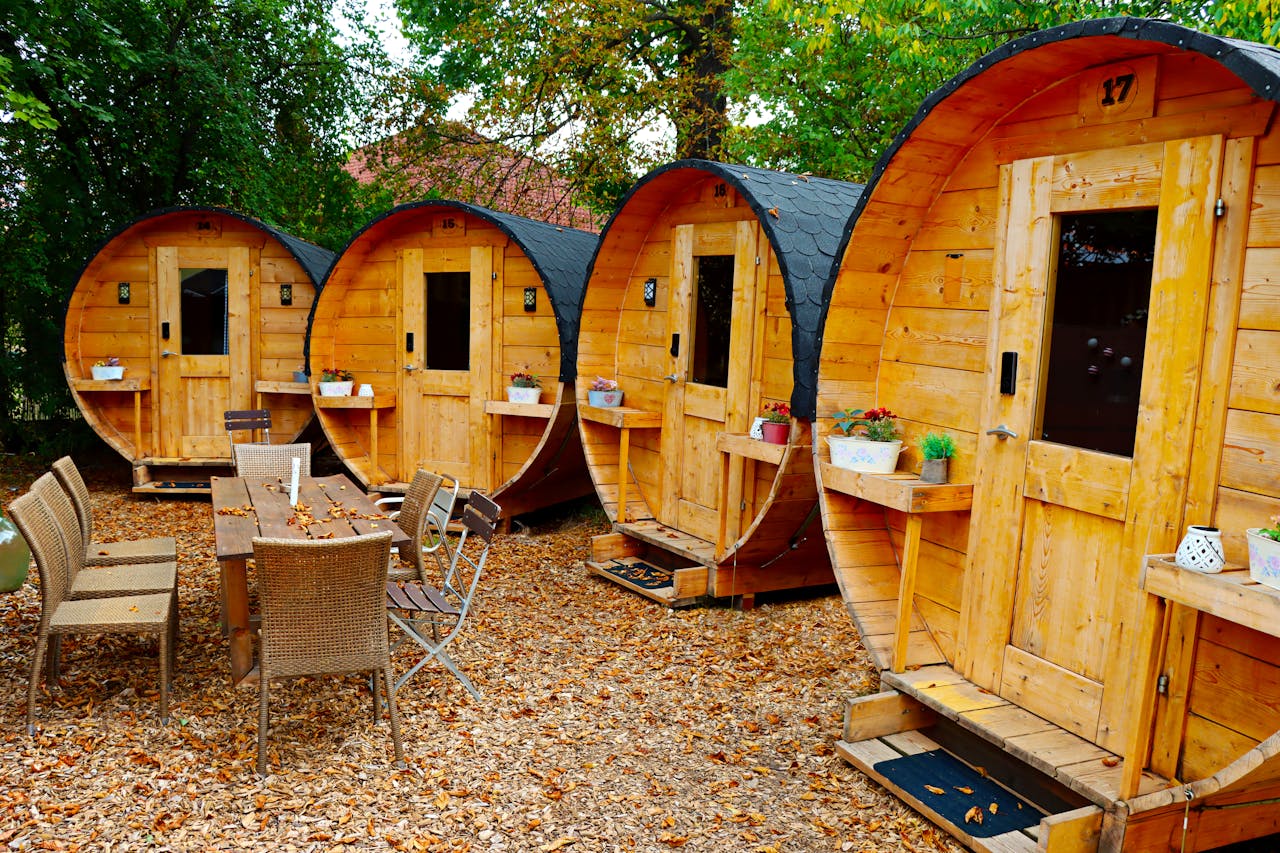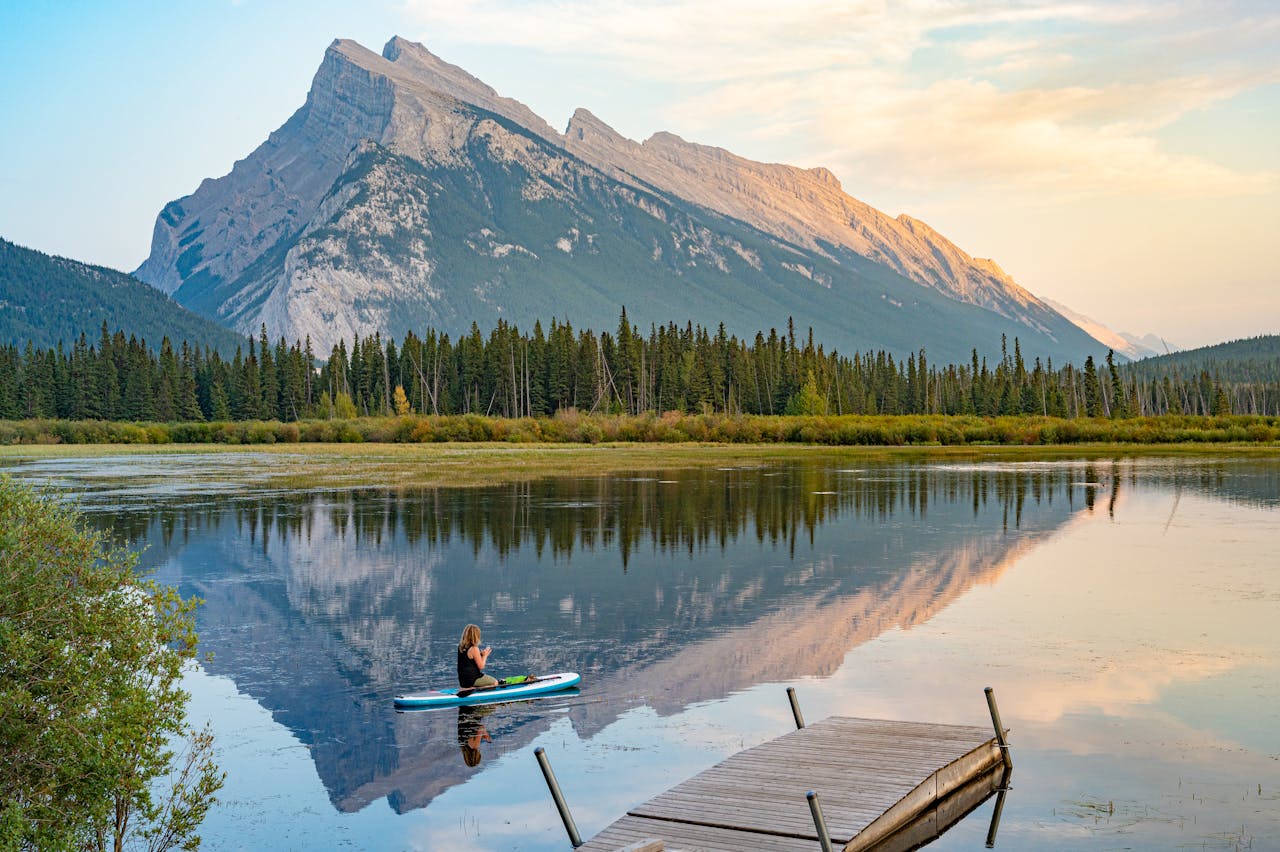
7 Top Sustainable Travel Trends for Eco-Lovers
Sustainable travel is booming as more people recognize how traditional tourism impacts the environment, from carbon emissions to damage of natural habitats. As eco-consciousness grows, you’ll be able to become part of a movement focused on protecting the places you love to visit. Sustainable travel will allow you to enjoy the world in a way that minimizes your environmental impact.
Choose low-impact transportation, stay in eco-friendly accommodations and support experiences prioritizing conservation and local communities. This way, you can experience incredible destinations without compromising the planet’s health. These seven, sustainable travel trends will help you get started:
1. Slow Travel
Slow travel involves diving deep into a destination rather than cramming in as many spots as possible. Tourism alone accounts for over 5% of global greenhouse gas emissions, with transportation responsible for 90% of that. Choosing fewer places and longer stays gives you a richer experience and reduces your carbon footprint. Fewer trips mean less transportation, which directly cuts down on emissions.
Plus, staying in one spot for longer lets you support local businesses, putting money into the community rather than spreading it thin. You can embrace slow travel by choosing trains over flights or biking where possible. Slowing down is better for the planet and provides a chance to see, feel and connect with each place in a way rushed trips don’t allow.
2. Eco-Friendly Accommodations
Eco-friendly accommodations are popping up everywhere. These make it easier for you to choose a sustainable stay. These places go beyond the basics and implement severe efforts to reduce their environmental impact. Many locations now use solar panels with batteries to store energy to power the coffee maker or evening lights without tapping into traditional electricity.
When booking, look for certifications like Leadership in Energy and Environmental Design (LEED). These accreditations indicate strong commitments to eco-friendly practices, such as energy efficiency, waste reduction and water conservation.
3. Community-Based Tourism
Community-based tourism supports the local people in the places you visit, creates jobs and preserves cultural heritage. Choosing this form of travel helps locals become key decision-makers in how tourism unfolds in their area, allowing them — not big outside companies — to benefit directly.
The money you spend goes into the community, boosts the local economy and gives residents the resources they need to protect their environment and culture. Locals with a stake in tourism are more invested in sustainable practices, so your visit has a lasting, positive impact.
4. Off-Season and Off-the-Beaten-Path Travel
Traveling during off-peak season allows you to avoid crowds. It also helps reduce the strain on local resources like water, energy and transportation systems. You get a more relaxed, authentic experience and the places you visit can breathe a little easier.
Another great option is to check out lesser-known destinations not overrun by tourists. These hidden gems give you unique experiences and support destination diversity. They spread the economic benefits of tourism to smaller, under-the-radar communities.
5. Carbon Offset Programs and Carbon Neutral Travel
Carbon offset programs allow you to offset the emissions from your travel by supporting projects that reduce them elsewhere. You create a carbon footprint when you fly, drive or stay in hotels. However, you can “offset” it by investing in initiatives like reforestation, renewable energy or conservation projects designed to absorb or prevent emissions.
Some airlines let you add a small surcharge to your ticket to offset your seat’s emissions, making it easy to reduce your impact. To get a clear picture of your travel footprint, you can use online calculators to estimate the emissions based on distance, mode of transport and accommodation type.
6. Local and Plant-Based Dining
Eating plant-based or locally sourced food is a great way to reduce your environmental impact while traveling. Plant-based meals generally use fewer resources, like water and land. They also produce less greenhouse gas emissions compared to meat-heavy diets. Choosing local foods is just as important, as it cuts down on “food miles”, meaning your meals haven’t traveled across the globe to get to your location.
To find places focusing on seasonal, plant-based ingredients, visit local farmers’ markets, ask locals for eco-friendly restaurant recommendations or use apps spotlighting plant-based dining options. This way, you make a sustainable choice and get a real taste of the region’s freshest, most flavorful foods.
7. Wildlife Conservation and Responsible Wildlife Tourism
Choosing tours that respect animal welfare and support conservation is crucial to being a responsible traveler. Sadly, many animals are in small enclosures or trained through harmful methods to interact obediently with tourists. To make sure you support ethical practices, look for tours with no-touch policies, which keep you at a safe distance and let animals be themselves in their natural surroundings.
Avoid any experiences involving captive breeding, especially if animals are bred purely for entertainment. Responsible wildlife experiences let you observe animals in their natural habitat and create a memorable, respectful encounter, while still protecting these incredible species.
Inspiring Sustainable Choices for Your Next Adventure
As you plan your next trip, consider how these sustainable travel trends can make your journey memorable and meaningful. Share your eco-friendly experiences with others to help spread the word about responsible trips and inspire more people to explore the world sustainably.
2 Comments
-
Anonymous
This is such an important reminder for eco-conscious travelers! Eating plant-based or locally sourced meals doesn’t just benefit the planet—it also enriches your travel experience. I’ve found that visiting farmers’ markets abroad gives a much more authentic feel of the local culture and flavors. Plus, reducing food miles and supporting regional farmers makes every bite feel more meaningful. Thanks for sharing such practical tips on sustainable travel eating!





alina
Sustainable travel is the future, and I love seeing trends that make eco-friendly adventures more accessible! Group Travel Tours are a great way to reduce carbon footprints while experiencing amazing destinations. Shared transport and local stays make a huge difference. Excited to try these trends on my next trip! 🌿✈️